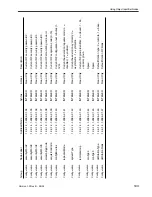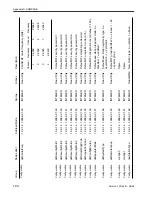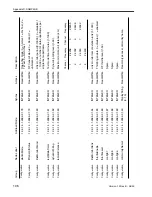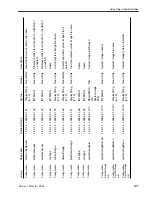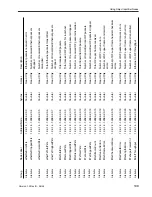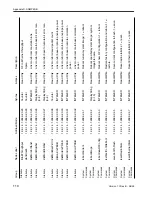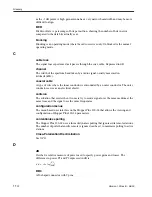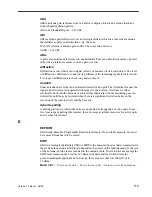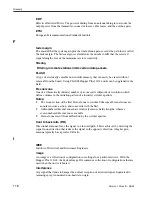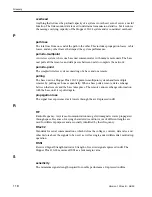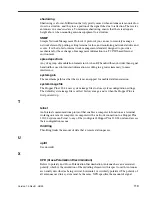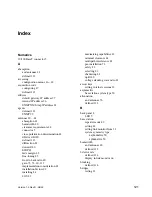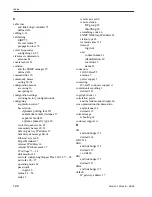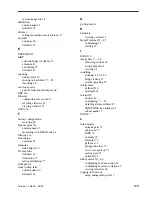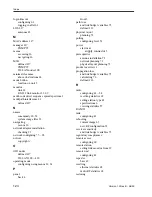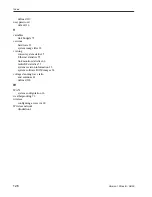
Glossary
116
Version 1.0 Rev B - 08/00
ERP
Effective Radiated Power. The power radiating from an antenna taking into account the
output power from the transmitter, connector losses, cable losses, and the antenna gain.
ETSI
European Telecommunications Standards Institute.
F
fade margin
The amount that the system gain plus the total antenna gain exceeds the path loss is called
the fade margin. The fade margin is calculated as the number of dB that the received
signal strength exceeds the minimum receiver sensitivity.
filtering
Filtering in remote stations limits certain data packets.
FLASH
A type of electrically erasable non-volatile memory that can easily be erased without
removal from the board. Using FLASH, Hopper Plus 120-24 units can be upgraded in the
field.
Fresnel zone
One of a (theoretically infinite) number of a concentric ellipsoids of revolution which
define volumes in the radiation pattern of a (usually) circular aperture.
Notes:
¥
The cross-section of the first Fresnel zone is circular. Subsequent Fresnel zones are
annular in cross-section, and concentric with the first.
¥
Odd-numbered Fresnel zones have relatively intense field strengths, whereas
even-numbered Fresnel zones are nulls.
¥
Fresnel zones result from diffraction by the circular aperture.
front to back ratio (F/B)
Directional antennas focus the signal in a forward path. This is achieved by directing the
signal in one direction that reduces the signal in the opposite direction. A higher gain
antenna typically has a greater F/B ratio.
I
IEEE
Institute of Electrical and Electronics Engineers.
image
An image is a collection of configurations or settings for a particular device. With the
Hopper Plus 120-24, the System Image File contains a collection of configurations that are
used when the unit is rebooted.
interference
Any signal that tends to hamper the normal reception of a desired signal. Equivalent to
jamming except considered non-hostile in origin.


